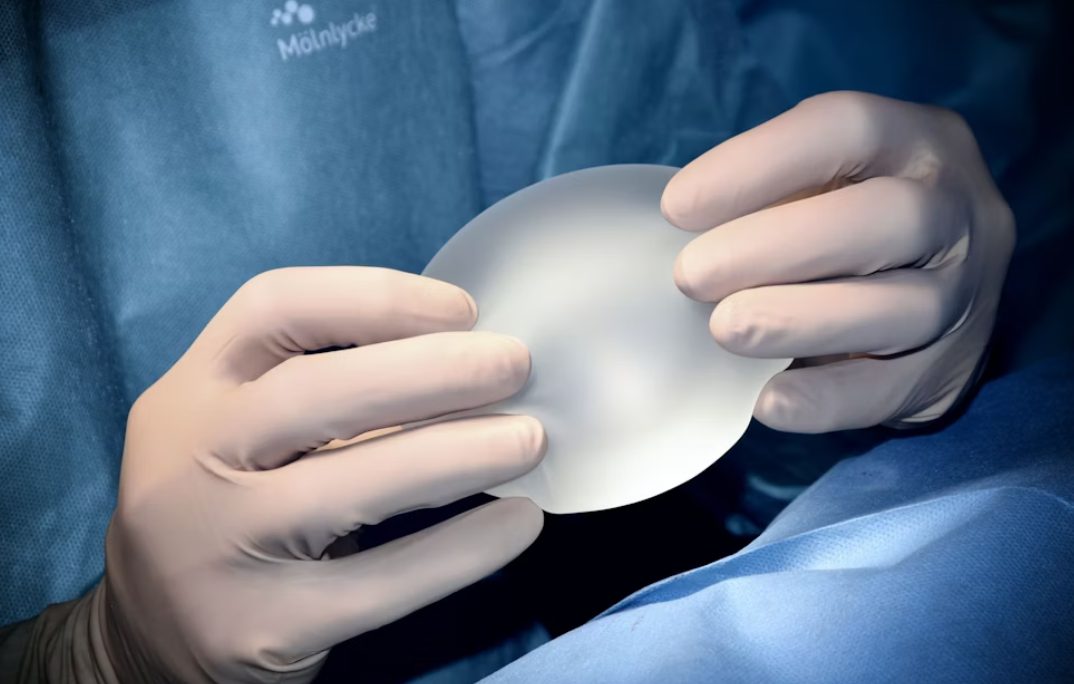
@ShahidNShah


Scrolling through photos online, you may wonder why everyone looks so fresh-faced. Wrinkles appear later, but many start to worry about lines and dull skin in their twenties. You are not alone if you have thought about doing something for your skin before problems begin.
Studies show that more people from Gen Z and Millennials get preventive cosmetic treatments now than ever before. The goal is clear: maintain a youthful appearance rather than play catch-up later.
This blog will explain why this trend is increasing, what the most popular choices are, and how these changes might affect confidence and self-care routines. Curious which treatments are most common? Keep reading.
Millennials and Gen Z prioritize prevention over correction when it comes to their appearance. They want to maintain their youthful looks rather than address issues later on, and social media fuels this desire for perfection.
Younger generations now focus on prevention instead of waiting for signs of aging to appear. Many adults in New York City book nonsurgical treatments like Botox and dermal fillers before they spot fine lines.
Influencers discuss “prejuvenation” as part of their skincare routine. This approach helps keep skin smooth, not just address wrinkles later.
Doctors notice patients in their 20s asking for cosmetic treatments as preventive measures, rather than last-minute fixes. For detailed information on early aesthetic interventions and preventive care options, you can explore Dr. Darren Smith official website to understand how modern cosmetic practices support youthful, natural results.
As one client said:
“It’s easier to keep my skin looking young than to try to erase years overnight.”
Social media fills feeds with flawless faces and filtered skin, blurring the lines between real life and digital perfection. Instagram influencers set new beauty standards overnight.
A quick scroll reveals men and women displaying smoother foreheads and plumper lips at every age. Many posts recommend noninvasive cosmetic treatments, making procedures like Botox or dermal fillers seem as routine as grabbing coffee.
Peer pressure doesn’t stop after high school; it follows us into adulthood through viral “glow-up” trends. Studies in 2022 reported that over 60% of Millennials and Gen Z felt compelled to improve their appearance because of online beauty ideals.
Celebrities share their facial enhancements openly, sparking honest conversations about aging gracefully with preventive measures. With every “before-and-after” reel, confidence and self-care become top priorities for millions.
TikTok challenges invite viewers to try new skincare routines or facial treatments, promising a more youthful appearance. This constant exposure shapes self-image and drives demand for aesthetic procedures.
The next section discusses which preventive cosmetic treatments stand out among these generations seeking smoother, fresher looks.
Younger generations now seek subtle enhancements to maintain their youthful glow. Popular choices include Botox for fine lines and dermal fillers for added volume, making these treatments a staple in many skincare routines.
Botox smooths out wrinkles by relaxing facial muscles. Dermatologists report that people as young as 24 ask for this treatment to slow signs of aging before they start. Dermal fillers, like Juvederm and Restylane, plump lips and contour cheeks for a youthful appearance without surgery.
Millennial and Gen Z patients use these cosmetic treatments to enhance natural features or respond to changing beauty standards set by social media.
Clinics in New York City see an increase in requests for “baby Botox,” a lighter dose suited for preventive measures instead of correction. Young adults often pursue injectables during lunch breaks thanks to the quick procedure times and minimal downtime.
Many call it part of their self-care routine—a way to feel confident, not just look good. The trend toward nonsurgical facial enhancements reflects the shift toward prevention over correction among the youth culture today.
Laser skin resurfacing and microneedling are popular choices for younger generations. These noninvasive treatments help improve skin texture and increase collagen production. Laser resurfacing uses focused light to target wrinkles, scars, and sunspots.
It promotes a youthful appearance by removing the damaged outer layer of skin.
Microneedling employs tiny needles to create micro-injuries in the skin. This process triggers natural healing responses that enhance elasticity and firmness. Both options fit well into many skincare routines.
Many people enjoy visible results with minimal downtime, making them ideal for busy lifestyles in New York City.
Investing in your skin is better than waiting for problems to appear.
Preventive aesthetics reshapes how millennials and Gen Z view beauty. These procedures offer more than just physical changes; they build confidence. People notice an increase in self-esteem after treatments like Botox or dermal fillers.
Social media amplifies this effect, presenting youthful appearances as the standard.
Embracing preventive measures influences social circles, too. Friends discuss their experiences openly, normalizing these treatments within youth culture. The desire for skin rejuvenation becomes a shared topic among peers, creating an environment that promotes self-care practices without stigma.
As society shifts toward valuing preventive aesthetics, individuals feel encouraged to express themselves authentically through facial enhancements.
Ethical issues surround preventive cosmetic procedures. Many worry about the impact on younger generations. Society’s obsession with beauty can push people toward treatments at an early age.
This raises concerns about self-esteem and body image, especially among Millennials and Gen Z. Aesthetic enhancements often reflect external pressures rather than personal needs. As social media influence continues to grow, young adults may feel they must conform to unrealistic beauty standards.
They sometimes pursue noninvasive treatments without fully considering the long-term effects.
Future trends in this area point toward greater transparency and safety in aesthetic practices. Cosmetic professionals increasingly focus on educating clients about realistic outcomes and potential risks involved with procedures like Botox or laser skin resurfacing.
Technology will likely play a vital role as well; innovations may lead to more effective, safer treatments for skin rejuvenation while minimizing side effects. As awareness expands, conversations around ethical practices will shape how these services evolve, ensuring that self-care remains a positive experience instead of a pressure-filled endeavor for youthfulness or perfection.
Preventive cosmetic procedures are on the rise among Millennials and Gen Z. Many young people prefer prevention over correction. Social media greatly influences their beauty standards.
Treatments like Botox, fillers, and microneedling have become popular choices for skin rejuvenation. These options enhance confidence while being noninvasive. If you’re curious about these trends, consider consulting with a professional to explore your options further.
Celebrate self-care as a way to express yourself and feel good in your skin!

Not long ago, surgeons relied almost entirely on experience and steady hands to perform complex procedures. Today, innovation in medical tools has turned precision into a science. With digital …
Posted Oct 27, 2025 HaH Fundamental Technologies Chronic Illness
Connecting innovation decision makers to authoritative information, institutions, people and insights.
Medigy accurately delivers healthcare and technology information, news and insight from around the world.
Medigy surfaces the world's best crowdsourced health tech offerings with social interactions and peer reviews.
© 2025 Netspective Foundation, Inc. All Rights Reserved.
Built on Dec 11, 2025 at 3:28pm